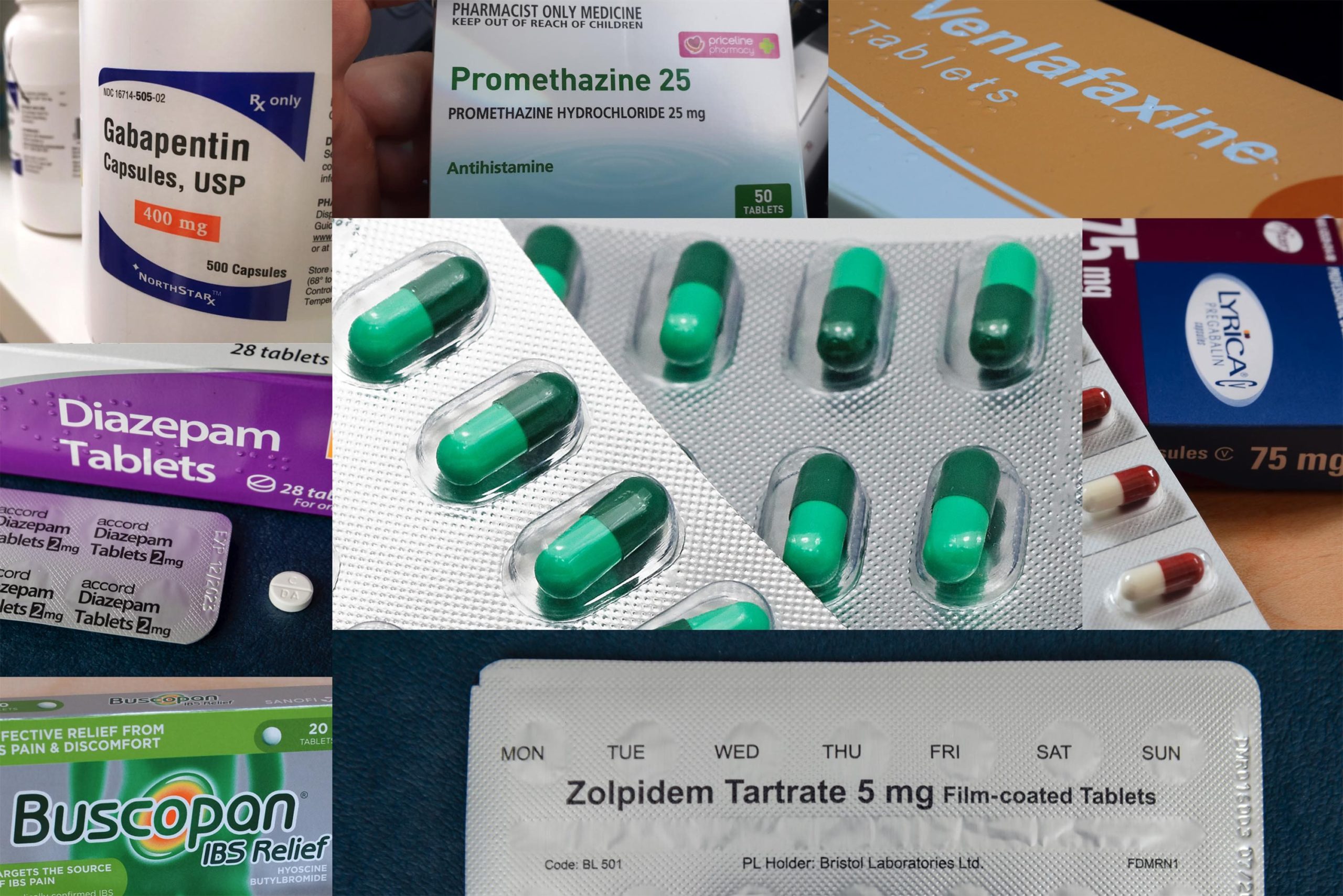Medicines without a prescription – more simply defined as SOPs – are those medicines which can be dispensed in pharmacies without presenting a medical prescription since they are intended for the treatment of ailments considered mild and transient.
Generally, SOP drugs, non-prescription drugs, can be defined as an intermediate category between prescription drugs (OP drugs) and over-the-counter drugs (OTC drugs).
According to the supply and reimbursement regime, most non-prescription drugs belong to a group from the classification of medicines. Therefore, their cost is entirely borne by the citizen and non-refundable by the National Health System (SSN), except in specific cases provided for by law.
Table of Contents
Dispensation and Costs
The patient can buy drugs without a prescription directly from the pharmacy and without presenting any medical prescription. SOP drugs can be sold in pharmacies and para pharmacies and the so-called “health corners” in supermarkets. In addition, they can be sold online via the websites of Canadian pharmacies authorized by the ministry of health.
Individual pharmacies can establish the prices of SOP drugs, para pharmacies, or points of sale which, if they deem it appropriate, are free to apply discounts of different values.
Furthermore, it should be remembered that if a patient requests the pharmacist to dispense a specific drug, there is a corresponding equivalent medicine (or generic medicine, if you prefer) with a lower price. The pharmacist must inform the patient and dispense it instead of the “branded” drug, all the more so if it is the patient himself who requests it.
SOP and OTC drugs: what are the differences?
Based on a first superficial analysis and in the light of what has been said so far, non-prescription drugs could seem entirely superimposable for OTC drugs, or over-the-counter drugs, if you prefer.
In truth, there is a substantial difference between these two categories in the advertising field. While advertising to the public is allowed for OTCs, the law prevents SOPs from being advertised.
Also – unlike over-the-counter drugs – non-prescription drugs cannot be displayed above the pharmacy counter or in areas that patients can freely access.
Therefore, the patient can access such drugs only through direct interaction with the pharmacist. This happens because it is believed that these drugs – although considered safe and for which medical monitoring is not essential – should be dispensed only on the advice of a professional figure. This personal figure can be the pharmacist (not surprisingly, drugs without obligation prescription drugs are sometimes referred to as “council drugs”).
Effect of OTC drugs
Taking over-the-counter antacids, especially aluminum and magnesium-based antacids, can cause decreased absorption of digoxin used in heart disease. Some over-the-counter antihistamines and decongestants may be able to worsen some forms of glaucoma.
Conclusion
Certain drugs are listed as over-the-counter drugs because of their effectiveness in solving fundamental health issues. These drugs are available in Canadian drugstores and do not have any side effects when not abused. However, if you want to get an over-the-counter medication, Canada Drugs Direct is always your number one option to deal with.
Also Read: Everything You Need To Know About Event Creation 7Days7Nights.

